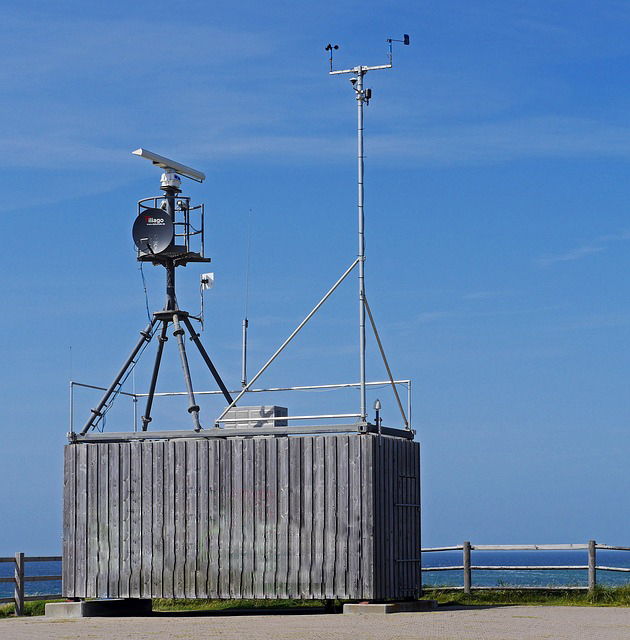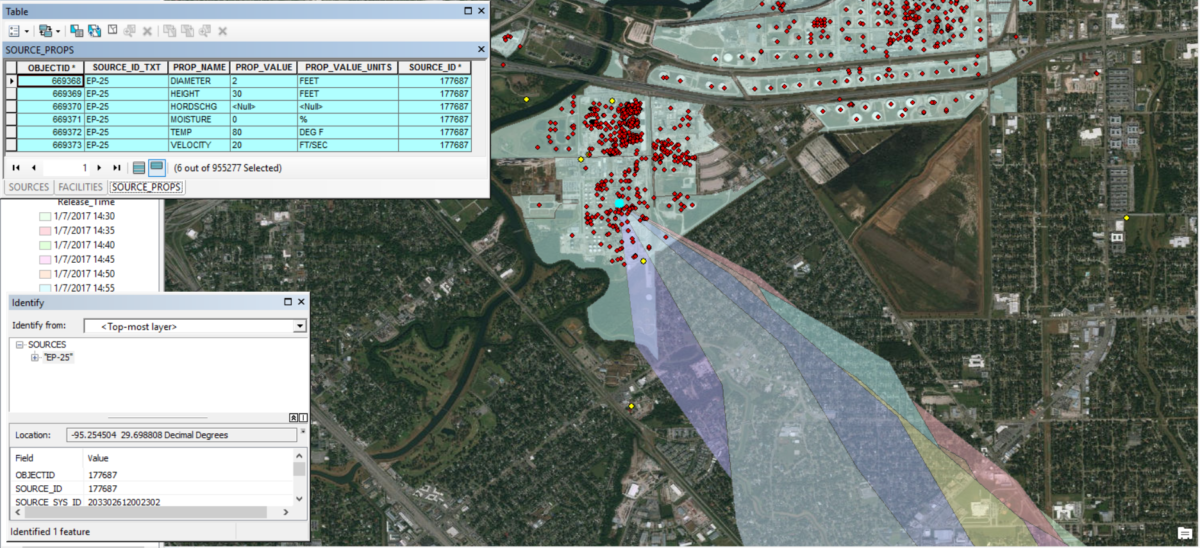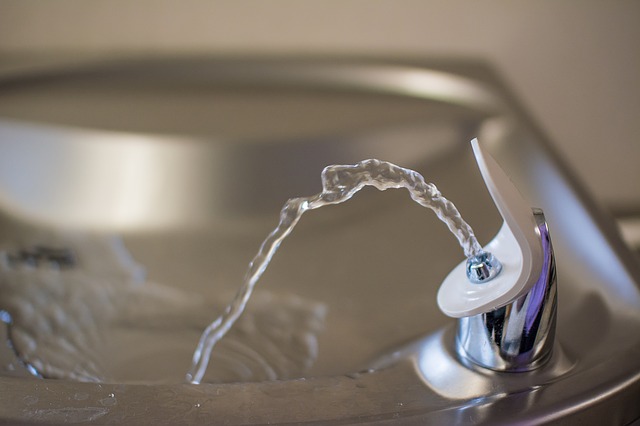-
AERMET Made Easy – Selecting Weather Stations

“When using National Weather Service (NWS) data for AERMOD, data representativeness can be thought of in terms of constructing realistic planetary boundary layer (PBL) similarity profiles and adequately characterizing the dispersive capacity of the atmosphere. As such, the determination of representativeness should include a comparison of the surface characteristics (i.e., zo, Bo and r) between […]
-
Connect Your Modeling Database to Your AQA

It is rare to have a dispersion modeling project that you start on and finish without any changes during the process. There is almost always a modification to emission rates or an updated design that moves a source or raises or lowers a stack height. Typically, these changes happen when you are 99% completed with […]
-
Connect Your Modeling Database to Your GIS

When I was in graduate school, I attended a graduate seminar on design optimization algorithms. The case study presented was on design improvements of the structural components of a minivan. The inputs into the algorithms were the current minivan design and all the criteria for required regulatory and industry design constraints, standards, and rules and […]
-
Using Databases with Dispersion Modeling: Putting It All Together

When I head out on a journey, whether for vacation or for work, there is always that anticipation along the way. When I finally reach my destination, I get a feeling of accomplishment. I finished something that I started. If you have been keeping up with the articles on Using Databases with Dispersion Modeling (The […]
-
Using Databases with Dispersion Modeling: Nested Queries

Most of you out there reading this article are scientists or engineers. In the course of our education we have come across some really gnarly complicated problems to solve. We probably started shaking and sweating profusely while reading the text of these problems. To solve these types of problems, we were all trained to break […]
-
Using Databases with Dispersion Modeling: More on Queries

I am a DIY-er (do it yourself-er). There was always a home project to work on; plumbing, electrical, carpentry. You name it. I knew how to do these things correctly, but it always took so incredibly long to finish. I had all the tools I needed, but they were in my toolbox or in a […]
-
Using Databases with Dispersion Modeling: Calculation Examples

We love feedback. One common comment regarding the article on “Calculations with Queries” (http://www.naviknow.com/2018/07/25/using-databases-calculations-with-queries/) was that people wanted to see more examples. To follow is a relevant example that captures quite a few topics covered in both the previous article. Let’s suppose you have created a data table in your database to store data on […]
-
Using Databases with Dispersion Modeling: Calculations With Queries

We have all seen a Rube Goldberg machine. If you don’t know what one is, Wikipedia describes it as “a machine intentionally designed to perform a simple task in an indirect and over-complicated fashion”. Do a Google search on the term. You will see some truly amazing efforts for such simple tasks. I have been […]
-
Using Databases with Dispersion Modeling: Simple Queries

We are in the midst of the information age. There are databases and datasets everywhere we go. One of the commissioners at the Texas Commission on Environmental Quality addressed agency management and staff regarding the stockpile of information the agency collects by saying, “we are drowning in information but are thirsting for knowledge.” How does […]
-
Using Databases with Dispersion Modeling: The Basics

I Prefer the Database When I was in college, I went to dinner with a group of friends to a steakhouse. Each friend ordered a steak, well-done. I was the last to order. When asked how I would like my steak, the group egged me on to have it rare because, me being a Texan, […]
